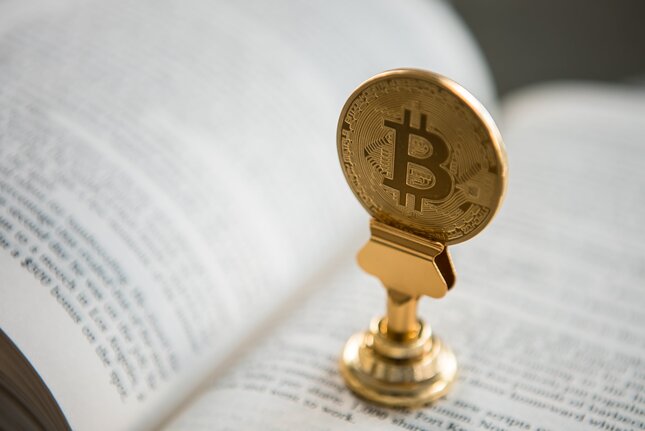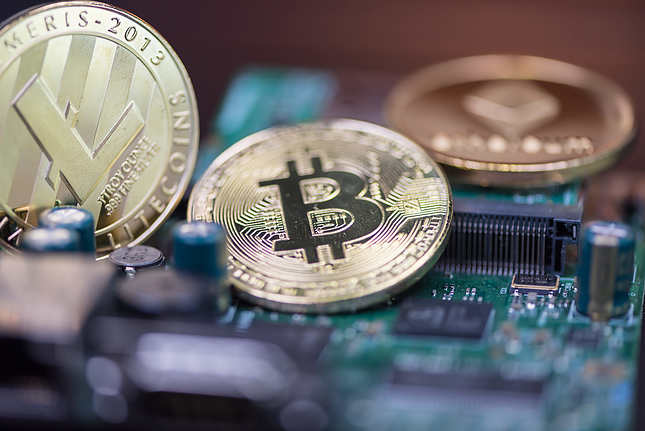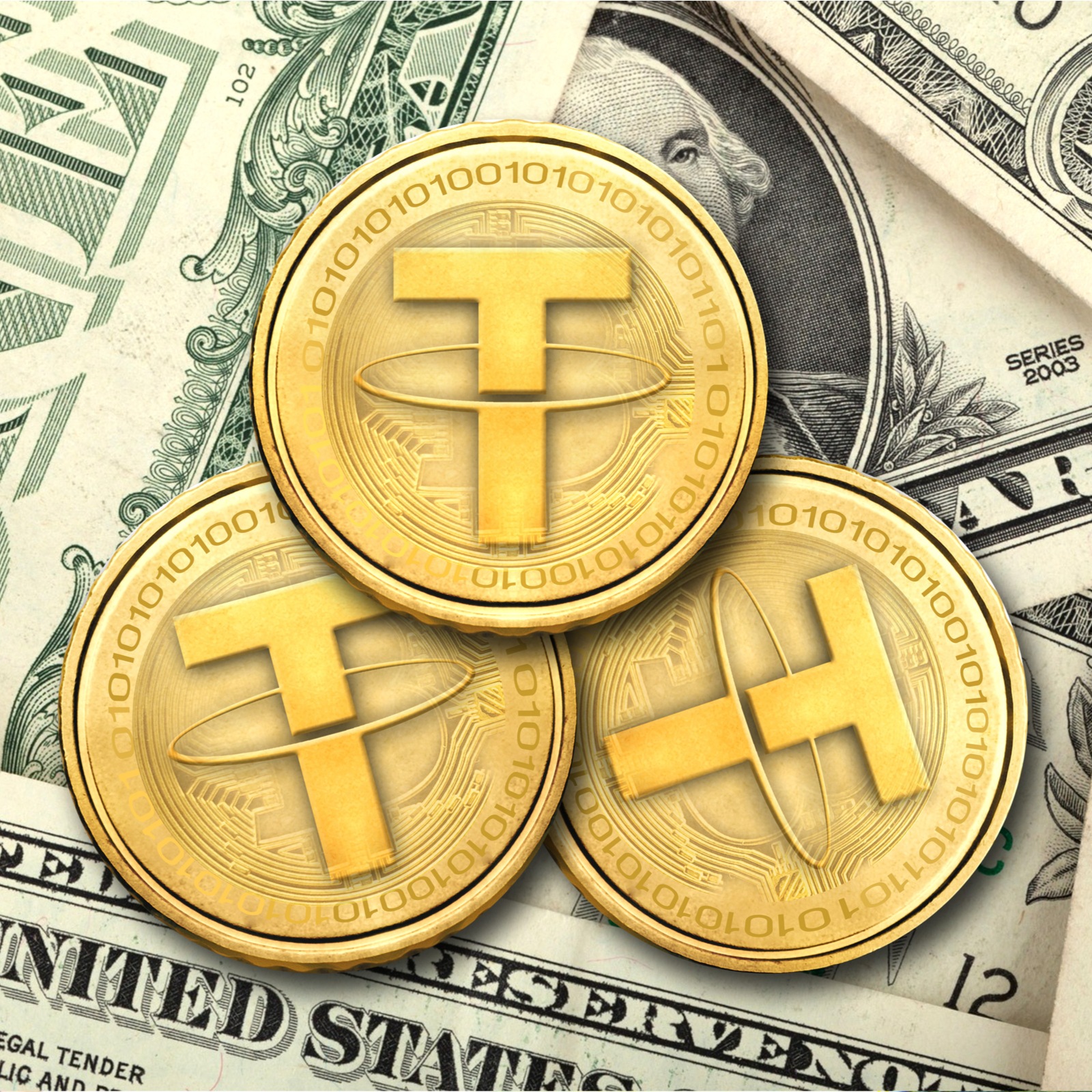Since cryptocurrencies have become more newsworthy to the masses, there is a word that keeps cropping up in the description of the crypto market - Volatility. The crypto markets are highly volatile,and no one thinks anything of them losing or gaining 20% or more of their valuein a day; it’s expected and in the case of gainingvalue even welcomed.
What volatility does mean is that crypto holdings are not a good method of storing value or as a unit of account. So you can’t save for a rainy day or be sure of being able to buy what you thought you could within a matter of days. While the cryptocurrency market and its underlying blockchain are amazingly good at being a medium of exchange, it’s currently not fit for purpose if you want to buy a house, groceries, or invest in another financial instrument.
At this point, one could say that the bitcoin experiment has failed and that the adoption of a global digital currency is not viable. However, this is where stable coins enter the equation, a stable unit of currency that is transferable on DLT (decentralised ledger tech) and doesn’t fluctuate in value with anywhere near the volatility of the original cryptocurrencies.
A stable coin is one that is pegged to another asset. In the case of Tether (USDT) and True USD, This is the USD$ and Digix (DGX) the asset is gold (although this isn’t as stable because the price of gold fluctuates against different fiat currencies). In all cases these coins have to be ‘backed’ by a reserve of the pegged asset on a 1:1 ration, i.e. for every USDT there should be a reserve of $1 should the holder wish to cash-out of the crypto market.
Other stable coins are collateralised with an alternate crypto coin such as DAI, which is backed on a 1:2 ratio with Ether. There is also a project to create a stable coin that is pegged to a basket of 15 major global currencies plus gold called Globcoin (GLX).
Stability is excellent, let’s switch all money to stable coins…
A stable coin sounds like an excellent idea when it comes to global adoption of cryptocurrency. You would know that from one day to the next your holdings have genuinevalue. However, given the necessity for stable coins to have the collateral to back them up, we might as well stick with the system we have.
When you check your bank balance online, and it says you have €2500 available you are not likely to remove it all and spend it in cash. You might want to order from Amazon or pay your bills online, but that number in your account balance guarantees you the right and ability to walk into a bank and remove every last cent becauseevery Euro, Dollar, Pound or Zloty is backed by the physical currency, in theory. Why change this system to blockchain when you can already make online and cross-border payments with your euro/dollar/pound account?
What is the difference between our existing system and that of the stable coin?
Not much, it has just one distinguishing feature. Stable coins are blockchain children, and as such, they are tradable with other cryptocurrencies.
So far there have been few methods forjoining the cryptomarket with fiat currency. Not many exchanges have allowed for the trading in or cashing out fiat-crypto or crypto-fiat. People have had to move their holdings around to facilitate being able to spend their money. If cryptocurrency is meant to be the future, there has to be something that will help make the transition.
Stable coins allow people to maintain their position in the cryptocurrency market without them having to ride the stormy seas of volatility. However, they enable easy access to “buying the dip” without having a long process of depositing fiat,buying bitcoin (or Ether), and then perhaps even going on to invest in an altcoin that doesn’t have fiat trade availability. At which point the price has probably gone up again, andyou miss the best spot to invest.
Pointless or Pathfinder?
In the current climate, the answer depends on several factors. The volatility of the native currency and governmentalmismanagement of funds, as is affecting people in the grip of the financial crisis in Venezuela, could pave the way for an entire country to adopt a stable decentralised currency in defence of their financial stability and defiance of the central authority. Thankfully, most of us aren’t in that position. Someone waiting patiently to “buy the dip” would find having a wallet of stable coins useful. There are those who see stablecoins as a solid investment for savings purposes, if you can’t spend it in many places it’s pretty safe, and it will retain its value over the course of months or years. Commercial entities considering acceptance of cryptocurrency may believe stable coins are the way forward.
On the flip side of the argument, stablecoins aren’t much use. The necessity for collateral, insurance, and central-reserve style custody of the pegged asset is too similar to the existing system of centralised authority for it to make much sense to the crypto community. There is an increasing number of exchanges that are facilitating the fiat-crypto-fiat exchange. There is also the obvious point, with the majority of stable coins that are pegged to the USD, anyone outside of the US still has to think in terms of currency exchange if they do decide to cash out and spend their money.
In a changing global economy, there is no definitive answer. Stable coins linked to native currency could be the stepping stone needed to push the population into widespread adoption. However, that would just be swapping one central authority for another. Stable coins are a good idea in theory, but I don’t think that linking to an individual asset is the best approach. Anyone one who has traded on the forex markets can see that currencies fluctuate in value against each other, not as much as cryptocurrencies, but they still wax and wane in strength.
If a stable global coin is to emerge, it would need to be linked to all of the major currencies of the world and weighted for percentage of circulating world currency and other economic factors such as GDP and CPI. The fluctuation of the foreign currency exchange markets is minimal,and an aggregated figure for the stable global coin would be a very steady value.
For now, we still have to deal in USD for most of our stable coins. It’s not ideal, but at least they retain value over months and years. There must be a better way of creating a stablecoin that can maintain its ‘value’ without pegging it to a centralised asset that crypto is trying to replace. Perhaps that is the problem with both cryptocurrency and stable coins.Until we can measure value in something other than traditional fiat currency terms we can’t create a genuinely decentralised global currency. Maybe, we will start to measure value in terms of utility and practicality rather than arbitrary cash amounts.
All essays, research and information found above represent the analysis and opinion of Leverate only. As such it may prove wrong and be a subject to change without notice. Opinions and analysis were based on data available to the author of the respective essays at the time of writing. Although the information provided above is based on careful research and sources that are believed to be accurate, Leverate does not guarantee the accuracy or thoroughness of the data or information reported. The opinions published above are neither an offer nor a recommendation to purchase or sell any securities. Leverate is not a Registered Securities Advisor. By reading Leverate’s reports you fully agree that they will not be held responsible or liable for any decisions you make regarding any information provided in these reports. Investment trading and speculation in any financial markets may involve risk of loss.e risk of loss.
Recommended Content
Editors’ Picks

Bitcoin Weekly Forecast: BTC nosedives below $95,000 as spot ETFs record highest daily outflow since launch
Bitcoin price continues to edge down, trading below $95,000 on Friday after declining more than 9% this week. Bitcoin US spot ETFs recorded the highest single-day outflow on Thursday since their launch in January.

Bitcoin crashes to $96,000, altcoins bleed: Top trades for sidelined buyers
Bitcoin (BTC) slipped under the $100,000 milestone and touched the $96,000 level briefly on Friday, a sharp decline that has also hit hard prices of other altcoins and particularly meme coins.

Solana Price Forecast: SOL’s technical outlook and on-chain metrics hint at a double-digit correction
Solana (SOL) price trades in red below $194 on Friday after declining more than 13% this week. The recent downturn has led to $38 million in total liquidations, with over $33 million coming from long positions.

SEC approves Hashdex and Franklin Templeton's combined Bitcoin and Ethereum crypto index ETFs
The SEC approved Hashdex's proposal for a crypto index ETF. The ETF currently features Bitcoin and Ethereum, with possible additions in the future. The agency also approved Franklin Templeton's amendment to its Cboe BZX for a crypto index ETF.

Bitcoin: 2025 outlook brightens on expectations of US pro-crypto policy
Bitcoin (BTC) price has surged more than 140% in 2024, reaching the $100K milestone in early December. The rally was driven by the launch of Bitcoin Spot Exchange Traded Funds (ETFs) in January and the reduced supply following the fourth halving event in April.

Best Forex Brokers with Low Spreads
VERIFIED Low spreads are crucial for reducing trading costs. Explore top Forex brokers offering competitive spreads and high leverage. Compare options for EUR/USD, GBP/USD, USD/JPY, and Gold.
